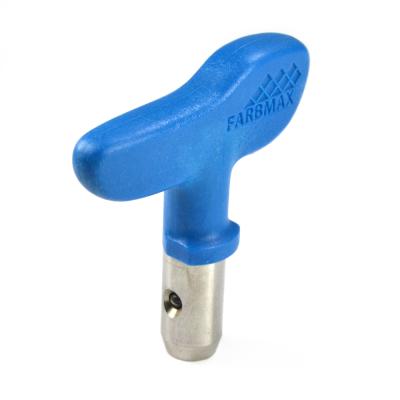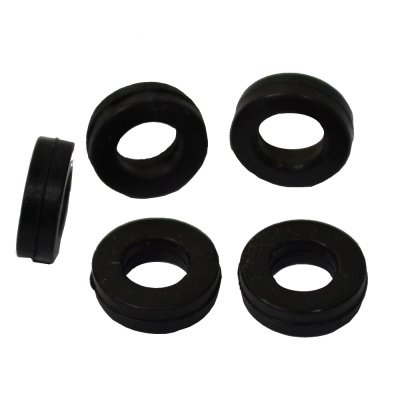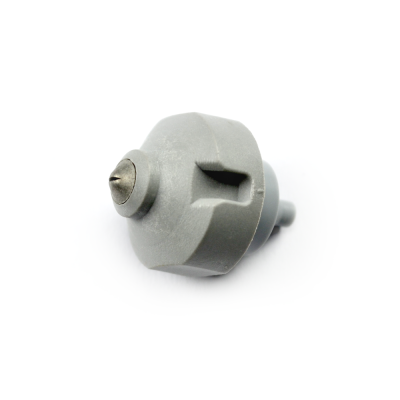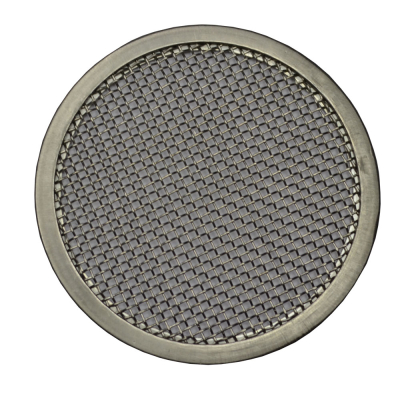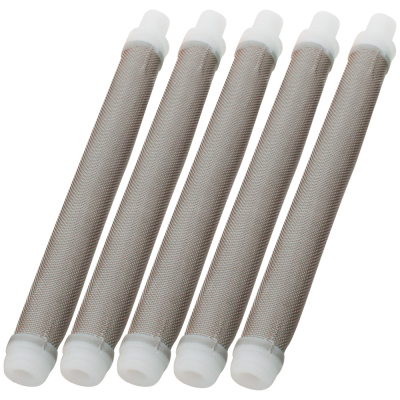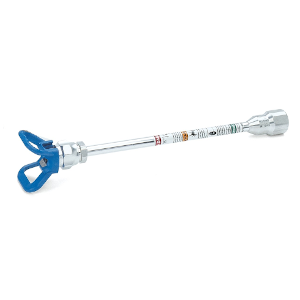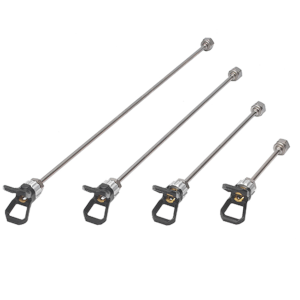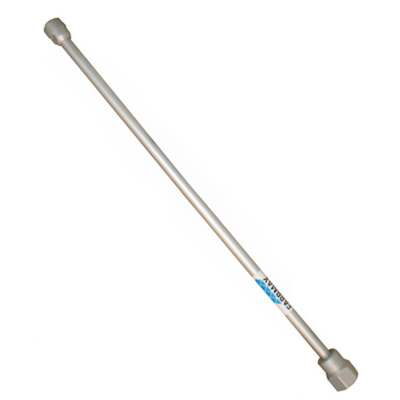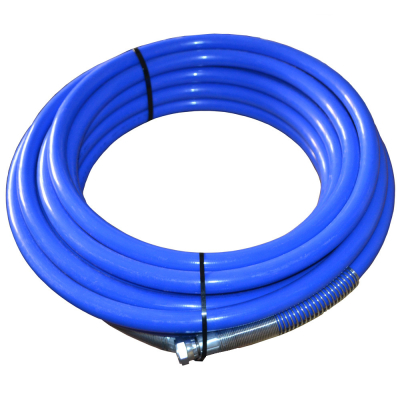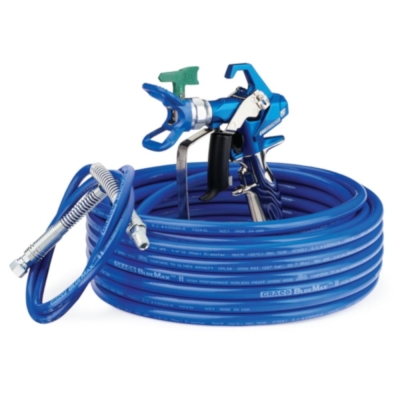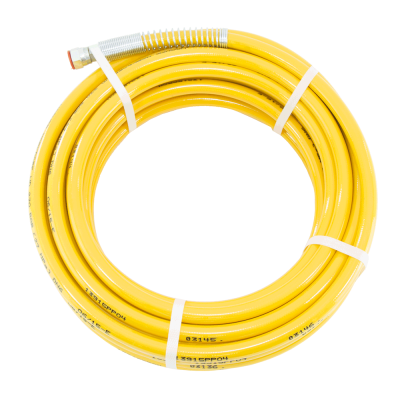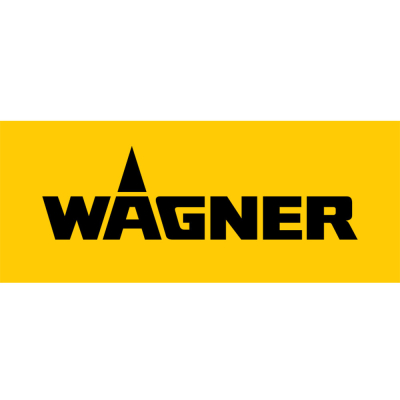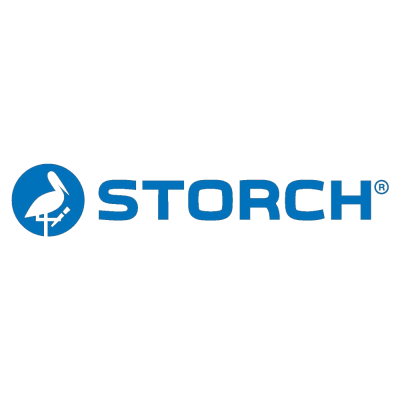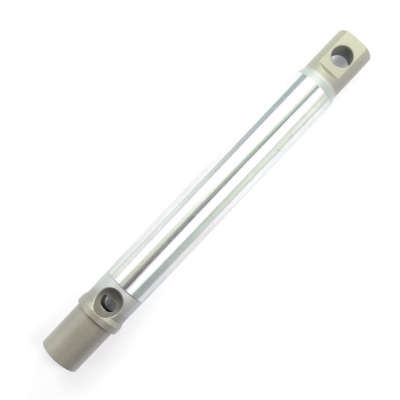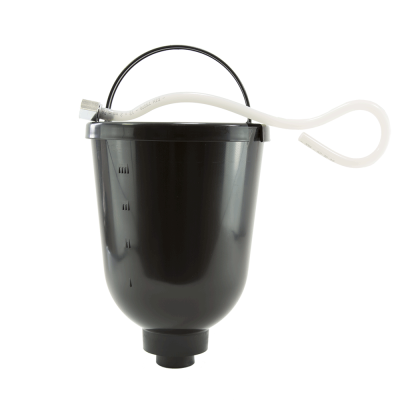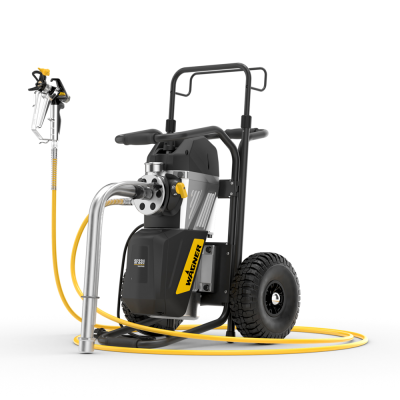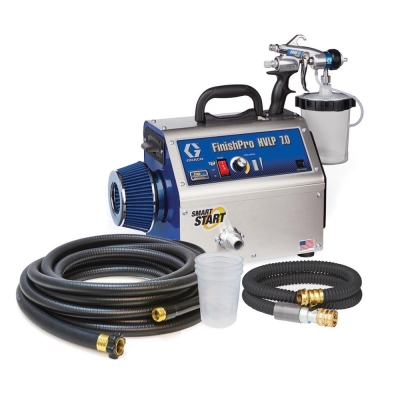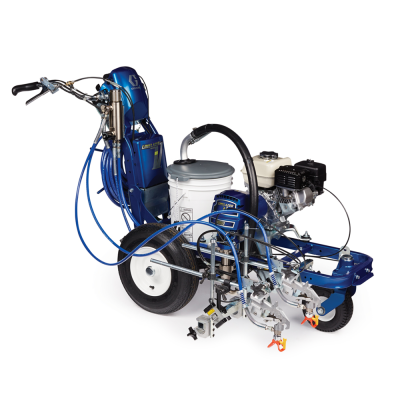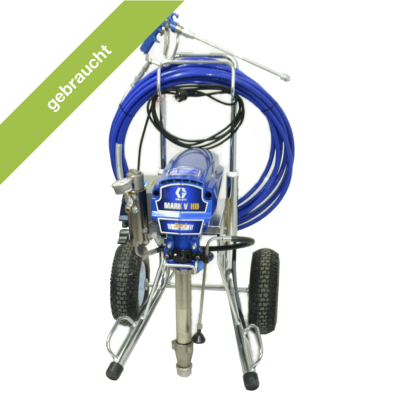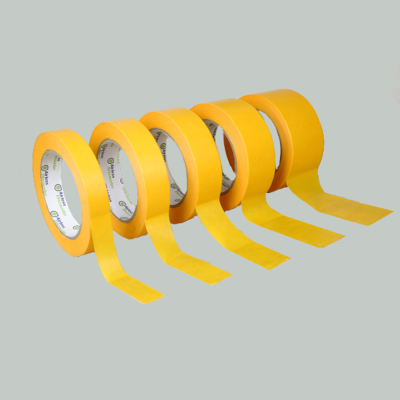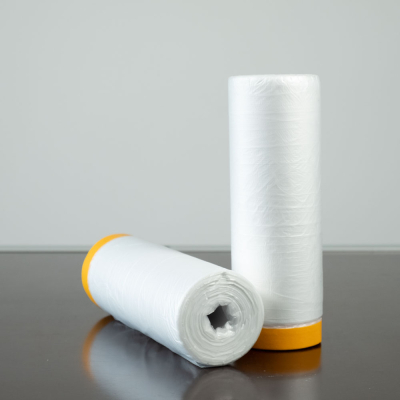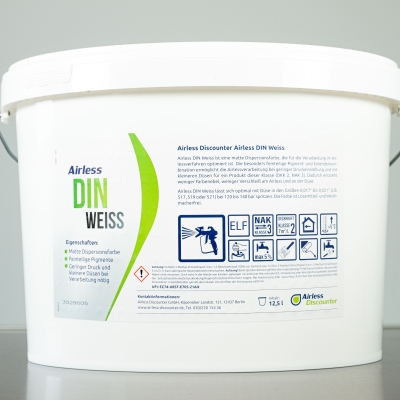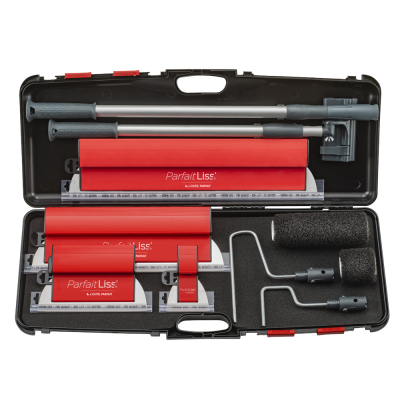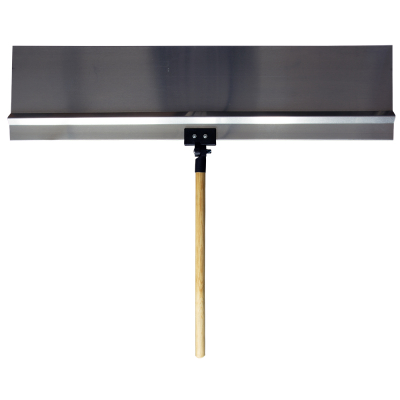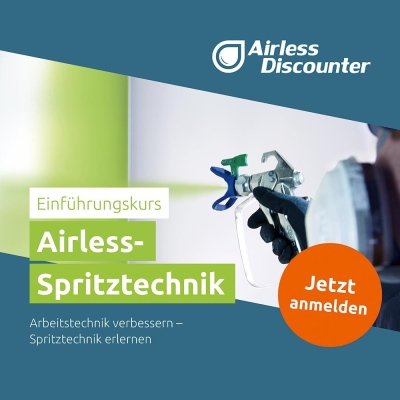What is airless?
What is Airless and how does it work?
Airless means airless and refers to a paint spraying process in which the spray material is atomized by high pressure and applied to the paint Surface is applied.
Airless paint sprayers are used in industry, for roof coating, in the painting trade and in carpentry.
The advantage of the airless method:
- High cost-effectiveness, large areas can be processed in a short time and with low personnel costs
- high-quality surfaces
- low material consumption and overspray compared to other spraying processes < li> particularly suitable for rough surface structures such as roughcast
- versatile (eg facade, roof, in buildings, for lane marking)
Disadvantages of the Airless method:
- paint mist may occur when using airless equipment
- for small surfaces ka nn the expense of using airless equipment (masking of surfaces and cleaning of the device) calls the cost-effectiveness into question
Construction and operation of airless devices:
Airless equipment are driven electrically, pneumatically (compressed air via compressor) or via an internal combustion engine. The pressure builds up via a piston or a membrane. The material flow is controlled by an inlet and an outlet valve. Pressure regulation is via a pressure valve and a relief valve. A pressure gauge indicates the pressure. The spray material is taken up via the intake system (rigid, flexible intake system or funnel) and drawn into the system. The piston or diaphragm generates pressure and conveys the material via the outlet valve into the high-pressure hose through the gun and the nozzle to the surface.
Material filters adapted to the spray material on the suction system, as main filter on the device itself or in The gun protects against damage to the device, contamination of the spray material and blockage of the spray nozzle. As a spray nozzle is usually a flat jet nozzle used, the size of which is selected according to the spray material and the surface. The nozzle size is indicated by a three-digit number combination (eg 517 for emulsion paint). The first digit, in this case 5, represents the spray angle (5 = 50 degrees, 4 = 40 degrees, 3 = 30 degrees, etc.). For large areas such as facades, nozzles with large spray angles are used and small spray angles are used for smaller surfaces. The 17 of the nozzle size 517 represents the bore, and thus the paint passage, and is expressed in inches, that is, 0.17 inches (0.43 mm). Again, large holes for high viscosity spray materials or small holes for low viscosity materials apply.
In Airless sprayable materials:
- paints
- pickle
- filler
- primer
- primer
- rust paint
- Latex
- Acrylic Paint
- Inner and Outer Dispersion
- Silicate
- Flame Retardant
- Thick Film Material
- corrosion protection
- spray filler
- roof coating material
- tissue adhesive
- wallpaper paste
- bituminous
In addition to the airless method, air-assisted aircoat / airmixing and low-pressure spraying (HVLP) are used in the surface coating.


We will be happy
to advise you
personally
Mon-Fri
8:30am-5:00pm
 Repair & Training
Repair & Training 







